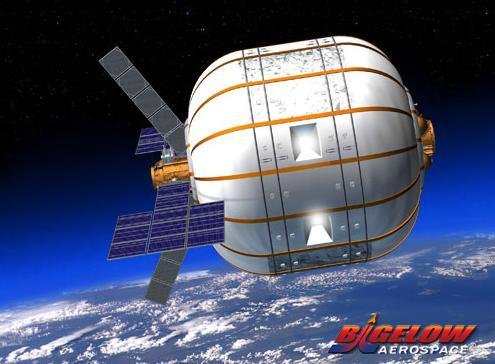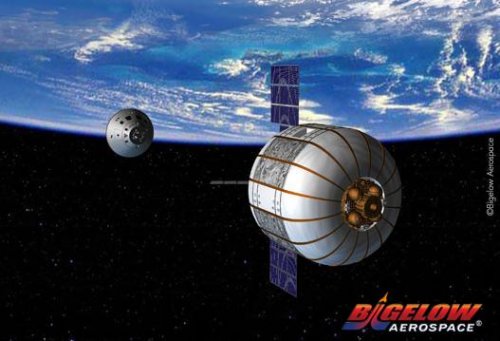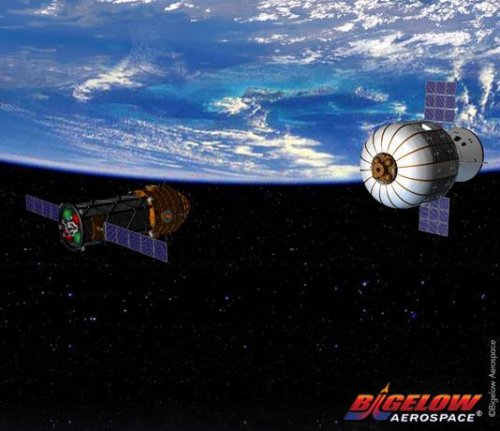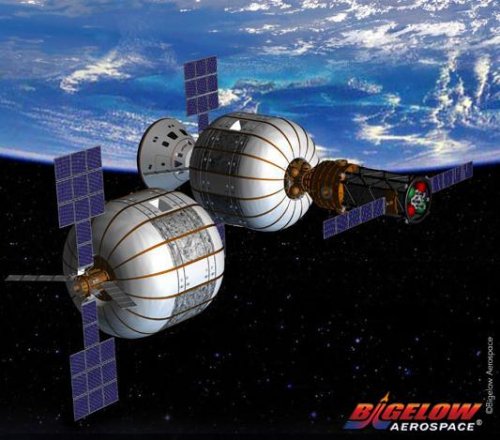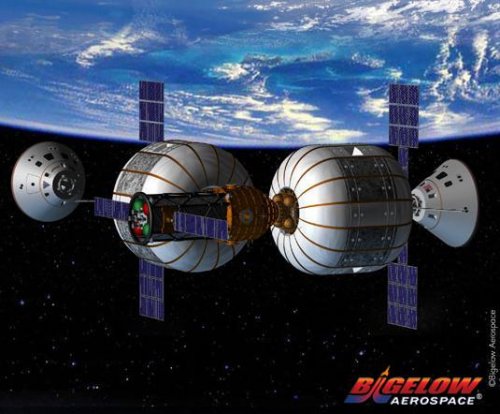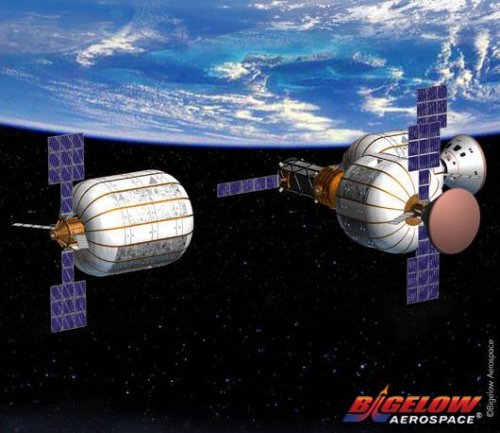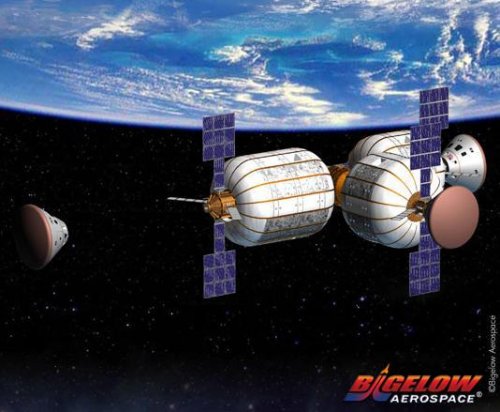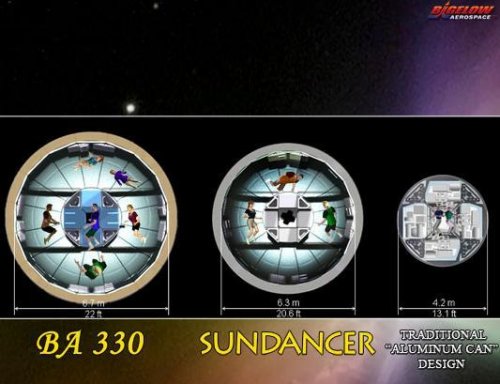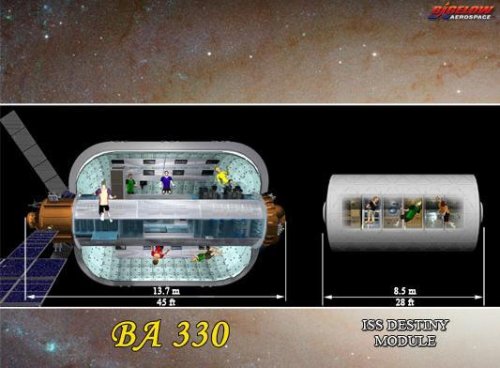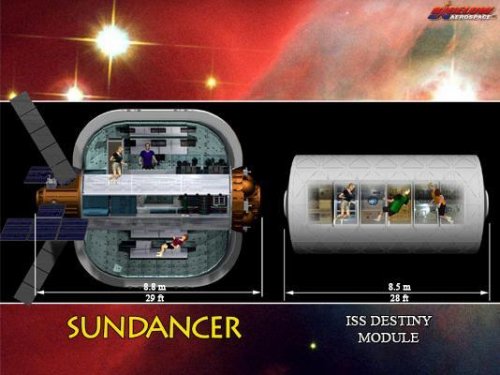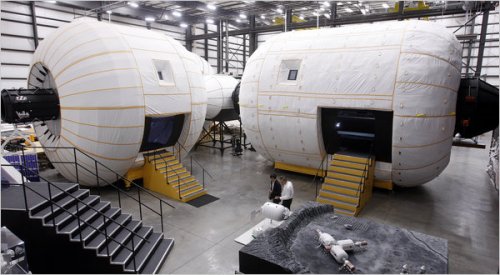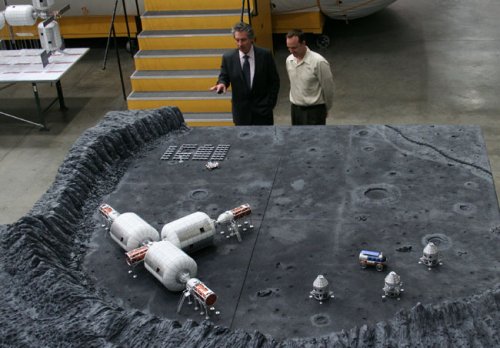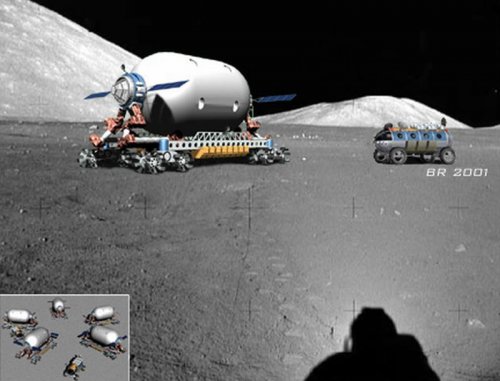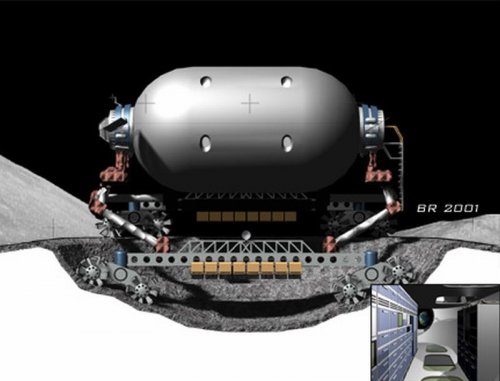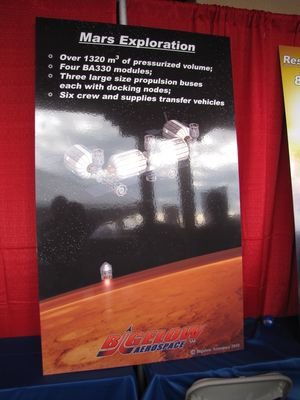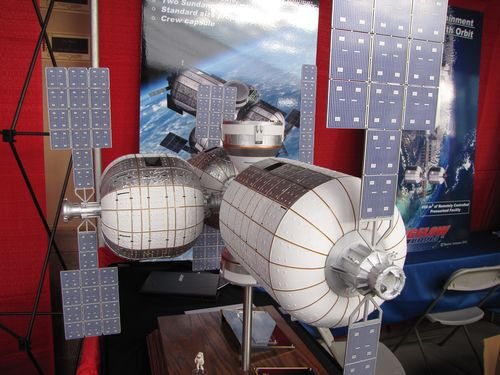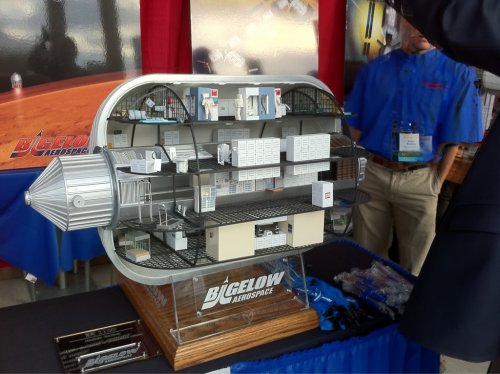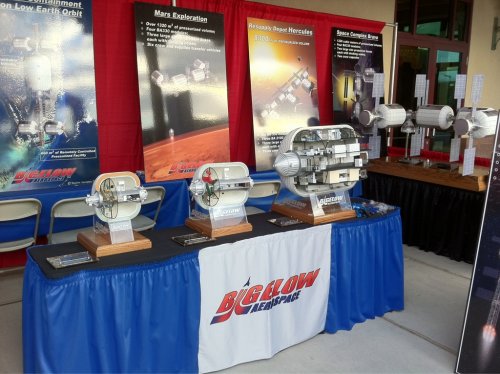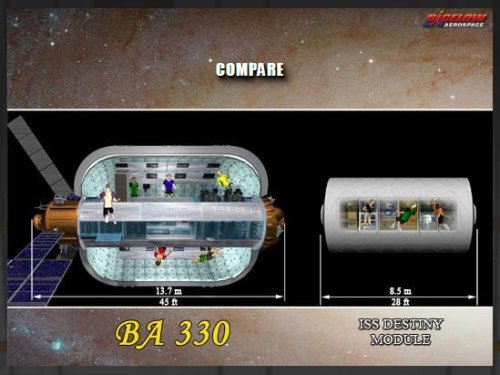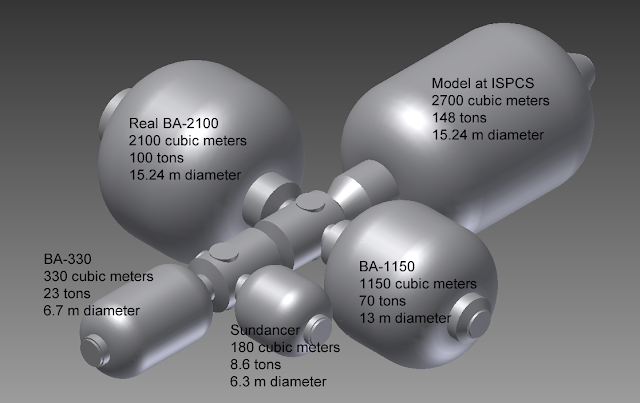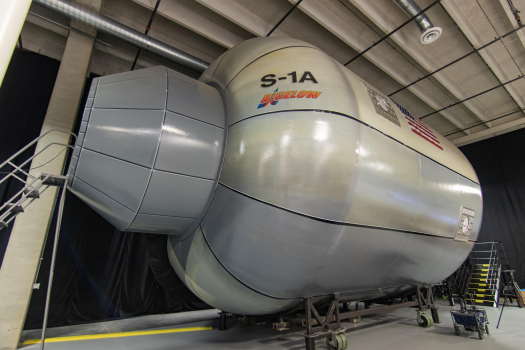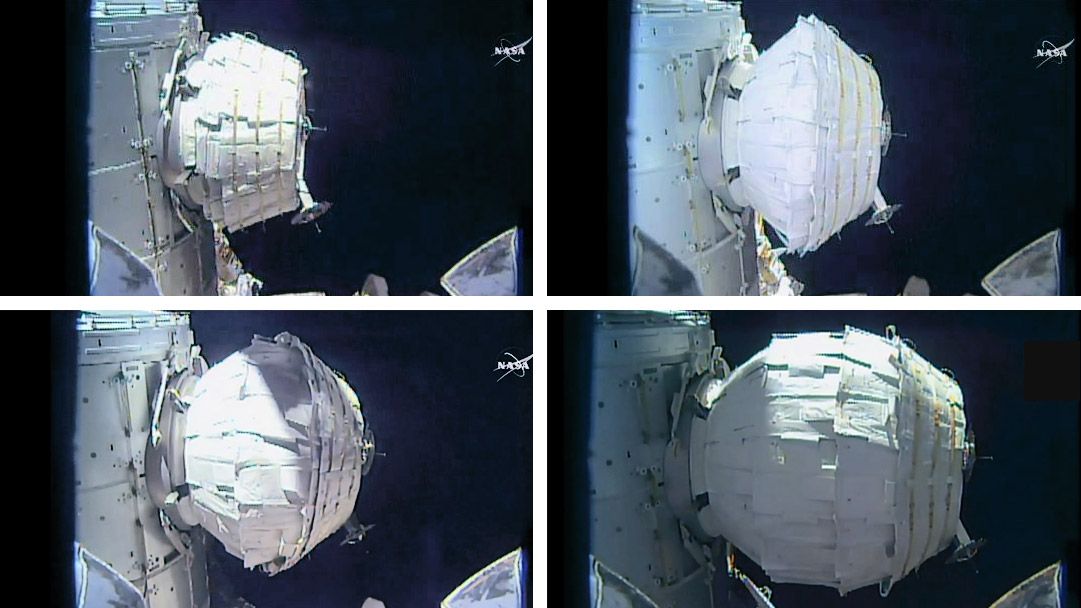NASA/JSC has a requirement for engineering support services for the Bigelow Expandable Activity Module (BEAM) metallics/structures to ensure continued usage of the BEAM on the International Space Station (ISS). This service includes on-call support in the event of anomalies and/or issue resolution impacting the BEAM and/or ISS interfaces to the BEAM.
NASA/JSC intends to issue a sole source contract to ATA Engineering, Inc. starting as early as the first quarter or the second quarter of Fiscal Year 2022 to support BEAM on-orbit operations.
Since inception of the BEAM, ATA Engineering Inc. has worked directly as a partner with Bigelow Aerospace (BA) during the initial design, development, and test verification of the BEAM. ATA’s specific responsibility during BEAM development was to verify the primary and secondary metallic structures of the BEAM for all ground, launch, and on-orbit environments. This was successfully accomplished through a combination of analysis and testing. As part of this support, ATA developed and maintained all the finite element models (FEMs) of the BEAM structure and ATA performed all the necessary strength, dynamics, fatigue, and fracture analyses using these FEMs. Following the successful commissioning of BEAM on ISS in April 2016, ATA developed FEMs of a new internal configuration of BEAM to support stowage of cargo on the internal secondary structure members. ATA also supported BA through various analyses to demonstrate that the life of the BEAM structure could be extended from its original two-year mission to beyond the life of ISS out to 2032 under the BEAM Sustaining Engineering Contract with Bigelow Space One, LLC.
Aside from BA, ATA is the only company with unique familiarity with and access to the structural design of BEAM and is the only company that has been granted access by Bigelow Aerospace/Bigelow Space One, LLC to the BEAM data, models and analysis methods used to design and sustain the BEAM. Consequently, ATA is uniquely qualified to support the engineering sustainment of BEAM on a sole source basis.
In December 2021, Bigelow Space One, LLC transferred title and ownership of the BEAM to NASA Johnson Space Center.
To continue critical support of the BEAM with a minimal gap in services, the Government plans to enter into a sole-source contract with ATA Engineering Inc. ATA will provide a baseline level of support in the form of anomaly resolution support for BEAM metallics/structures. ATA will perform engineering services for the metallics and structures of the BEAM and recommend corrective action(s) to NASA and its support contractors This includes the initial assessment of the failure conditions, risks to hardware, failure analysis to identify probable/root causes and recommended resolution actions. ATA shall perform the anomaly resolution tasks when requested by NASA to support Mission Evaluation Room (MER) meetings. In addition, ATA will perform failure investigation, future life extension assessments, unique analysis, feasibility studies, and other work to maintain BEAM operability.
Firms desiring consideration are required to fully identify their interest and capabilities within 7 days of the date of publication of this synopsis.
The Government intends to acquire a commercial item service using FAR Part 12.
Interested organizations may submit their capabilities and qualifications to perform the effort electronically via email to the identified Primary point of contact not later than 4:30 p.m. Central Standard Time on December 17, 2021. Such capabilities/qualifications will be evaluated solely for the purpose of determining whether or not to conduct this procurement on a competitive basis.
A determination by the Government not to compete this acquisition on a full and open competition basis, based upon responses to this notice, is solely within the discretion of the Government.

